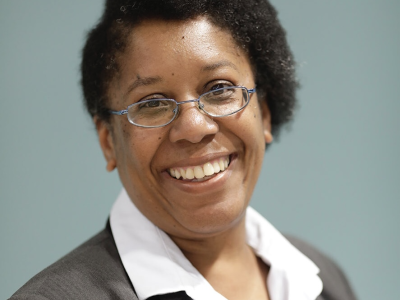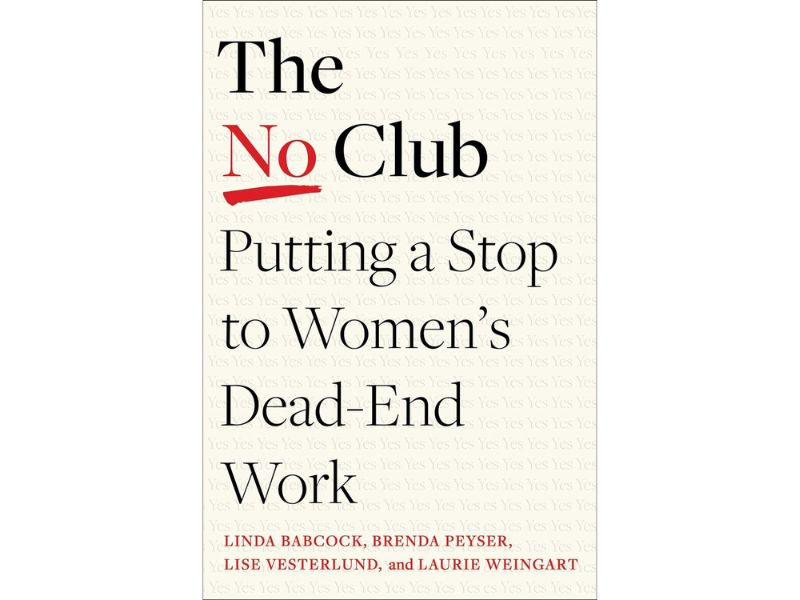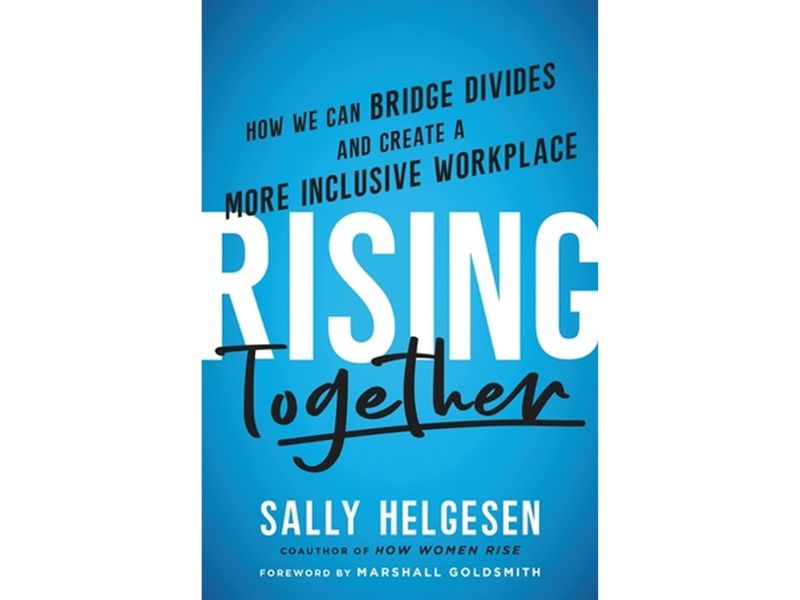By Judith Germain
Black History Month usually generates a frantic avalanche of activity whilst companies work on their consumer and employer brands; keen to demonstrate to consumers and employees alike that they are supportive of Black inclusion.
However, Black History Month 2023’s theme – Saluting Our Sisters, garnered very little attention, prompting Black people to wonder at just how much commitment there was from organisations towards the Black community. Postulating that ‘saluting the Black woman’, felt like a step too far for most organisations.
Shunning ‘performative displays of action’, Black consumers and employees are looking for displays of commitment and firm action from organisations. Research shows that when organisations choose to do this, they become more profitable, better places to work, and deploy innovative solutions to the consumer.
Embedding Black inclusion throughout the organisation requires a commitment to the long haul because for most companies there are systemic changes that need to be made to ensure that Black inclusion becomes an essential thread in the cultural tapestry of the organisation.
Key examples of how to embed Black inclusion follow:
Leadership synergy. Leadership commitment to change is more than just having or giving authority to change, it includes articulating a compelling purpose that stakeholders want to align themselves with. For example, leaders should align their values with the “why” of Black inclusion, therefore fostering a synergy that resonates throughout the organisation.
Mentorship and Sponsorship Programmes is a good way to demonstrate senior leadership commitment as well as supporting the personal and professional development of Black employees; and champion underrepresented talent.
Having the right paradigm to shift. Cultivating an inclusive paradigm shift amongst the workforce and senior teams involves more than a change of policy. Simon Sinek believes that successful businesses embrace an ‘Infinite Game’ mindset. An infinite game, like business, is played for continuation rather than to ‘win’. He claims that leaders who embrace an infinite mindset, aligned with infinite play, will build stronger, more innovative, inspiring, resilient organisations. (Wikipedia)
To embed Black inclusion is to recognise that this is an Infinite Game and that the ability to play this game requires continual adaptation to meet the evolving needs of the business.
Having a culture that embraces continuous learning. Continuous learning becomes necessary when organisations realise that Black inclusion is not ‘a done and dusted’ event or something that is highlighted for celebration once a month. It is something that becomes embedded into the culture through continuous activity and learning. To ensure that continuous learning is possible, organisations should adopt a growth mindset and ensure that their culture can adapt its diversity and inclusion strategies as things change.
Building the right tribe. Organisations often have Employee Resource Groups (ERGs) which are voluntary, employee-led groups whose aim is to foster a diverse, inclusive workplace aligned with the organisations they serve. They’re usually led and participated in by employees who share a characteristic, whether it’s gender, ethnicity, religious affiliation, lifestyle, or interest. (Great place to work).
ERGs can evolve beyond becoming just groups, they can become tribes. These tribes foster a sense of belonging and collaboration, promoting interdependence in the pursuit of diversity and inclusion goals, thus promoting real action rather than focusing on the abstract.
Transparent communication and trust building. When leaders communicate openly about diversity and inclusion initiatives they build trust within the organisation, creating an environment where employees feel heard and valued. This is particularly true when combined with Allyship Programmes that encourage a sense of collective responsibility. Everyone feels empowered to challenge stereotypes and advocate for inclusion creating an environment where everyone feels like they belong.
Black representation in leadership. One of the areas for employee distrust is when organisations talk a lot about Black inclusion but do not have any Black employees in senior leadership despite having a few Black leaders in supervisory or junior leadership roles. By embedding Black inclusion within the organisation, a culture that supports Black excellence and accepts different perspectives will be easier to maintain and nourish. Research has shown that this can become a pathway for more innovative solutions and better financial results.
Black representation in leadership can help reinforce shared values by celebrating diverse cultures throughout the year, promoting unity and understanding and eliminating a toxic environment that is based on cultural differences.
Accountability. It is important to hold leaders accountable for embedding Black inclusion within the workplace, rather than relying on HR teams to be the sole determinant of its success. Organisations build trust by being transparent about progress, therefore, creating a foundation for collaborative and accountable teams.
When organisations welcome and act upon feedback they demonstrate their commitment to change.
When embedding Black inclusion within the workplace, we must realise that having a strategy and a handful of policies are not enough. We are perhaps looking at a profound transformation in organisational culture, where purpose-driven leadership and an infinite game mindset converge to create an inclusive environment that stands the test of time.
About the Author

Judith Germain, Chartered Fellow of the CIPD, MBA PgDip, is the Leading Authority on Maverick Leadership and has been defining Mavericks as wilfully independent people since 2005. She is regularly approached to speak, mentor and write on how to be a more impactful and influential leader.
Judith is a ‘Socialised Maverick’, who thinks differently, challenges often and enables effective leadership execution. She empowers business owners, leaders, the C-Suite and organisations to thrive in complex, constantly changing environments. She creates clear-thinking and decisive leaders.
Judith utilises Maverick Leadership principles to Strategise, Innovate & Execute a solution that amplifies impact and increases leadership capability and ability to execute. She understands that effective leaders with the right toolkit and skill set for the task ahead, can achieve objectives and surpass obstacles that they face.









